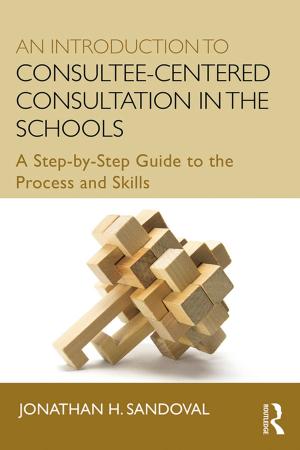Using the SPINE STRATEGIES in Contemporary Ballet - Workbook
Nonfiction, Entertainment, Dance, Performing Arts, Reference & Language, Education & Teaching, Counseling & Guidance| Author: | Cynthia Roses-Thema | ISBN: | 9780997382921 |
| Publisher: | TurningPointPress LLC | Publication: | April 1, 2016 |
| Imprint: | TurningPointPress LLC | Language: | English |
| Author: | Cynthia Roses-Thema |
| ISBN: | 9780997382921 |
| Publisher: | TurningPointPress LLC |
| Publication: | April 1, 2016 |
| Imprint: | TurningPointPress LLC |
| Language: | English |
SPINE is unique in addressing the connection between dance technique and moving the body from the somatic, experiential perspective. Imagery is certainly helpful, but needs to be different for each movement. SPINE strategies are geometric, linking to a progressive anatomic and biomechanical model for the body – tensegrity -- solidly connecting movement experience to movement execution allowing the dancer to bridge the gap between the movement goal and the movement process. Physics deals with biomechanics of movement, but as the observed and measured and not about the somatic perspective. In other somatic books one finds important forays into what movement feels like, but the suggestions are ambiguous, leaving the dancer to explore in the somatic technique and then find a way to connect those ideas to dance technique. Dance technique books typically address technique from the observed and aesthetic perspective and not from the mover's sensational, experiential, perceptual perspective connecting the process to the product of movement goals. SPINE, therefore, can be used by many dance techniques, not just ballet: modern, urban (hip-hop), jazz, and even gymnastics. SPINE strategies give the dancer first a vocabulary to talk about the experience of movement and secondly directly connect to the biomechanics of movement without the use of intermediary images that create within the dancer a mental circus that changes from image to image. The SPINE strategies help to quieten the mental circus and open up the filtering of sensations by the individual so that the somatic experience of movement is more accessible for the dancer. Over time a sophisticated kinesthesia develops. Presented in two thirteen-week sessions, this Workbook is designed as a companion to SPINE: 5 Somatic Strategies, in which Cynthia Roses-Thema explains how sudents can apply the SPINE strategies to their technique.
SPINE is unique in addressing the connection between dance technique and moving the body from the somatic, experiential perspective. Imagery is certainly helpful, but needs to be different for each movement. SPINE strategies are geometric, linking to a progressive anatomic and biomechanical model for the body – tensegrity -- solidly connecting movement experience to movement execution allowing the dancer to bridge the gap between the movement goal and the movement process. Physics deals with biomechanics of movement, but as the observed and measured and not about the somatic perspective. In other somatic books one finds important forays into what movement feels like, but the suggestions are ambiguous, leaving the dancer to explore in the somatic technique and then find a way to connect those ideas to dance technique. Dance technique books typically address technique from the observed and aesthetic perspective and not from the mover's sensational, experiential, perceptual perspective connecting the process to the product of movement goals. SPINE, therefore, can be used by many dance techniques, not just ballet: modern, urban (hip-hop), jazz, and even gymnastics. SPINE strategies give the dancer first a vocabulary to talk about the experience of movement and secondly directly connect to the biomechanics of movement without the use of intermediary images that create within the dancer a mental circus that changes from image to image. The SPINE strategies help to quieten the mental circus and open up the filtering of sensations by the individual so that the somatic experience of movement is more accessible for the dancer. Over time a sophisticated kinesthesia develops. Presented in two thirteen-week sessions, this Workbook is designed as a companion to SPINE: 5 Somatic Strategies, in which Cynthia Roses-Thema explains how sudents can apply the SPINE strategies to their technique.















